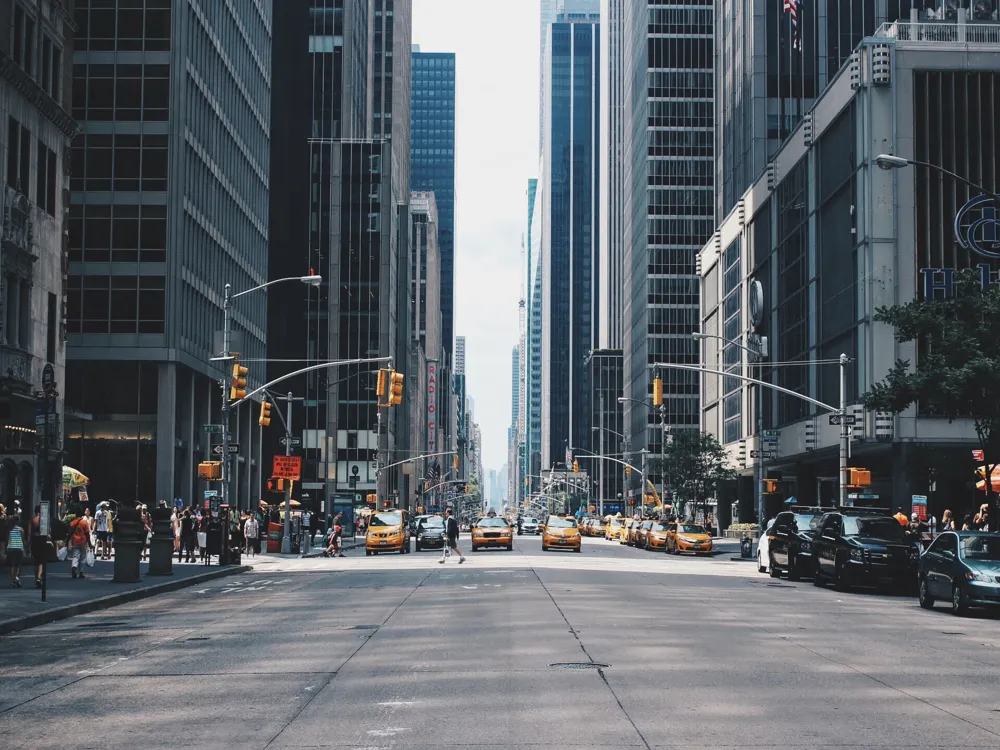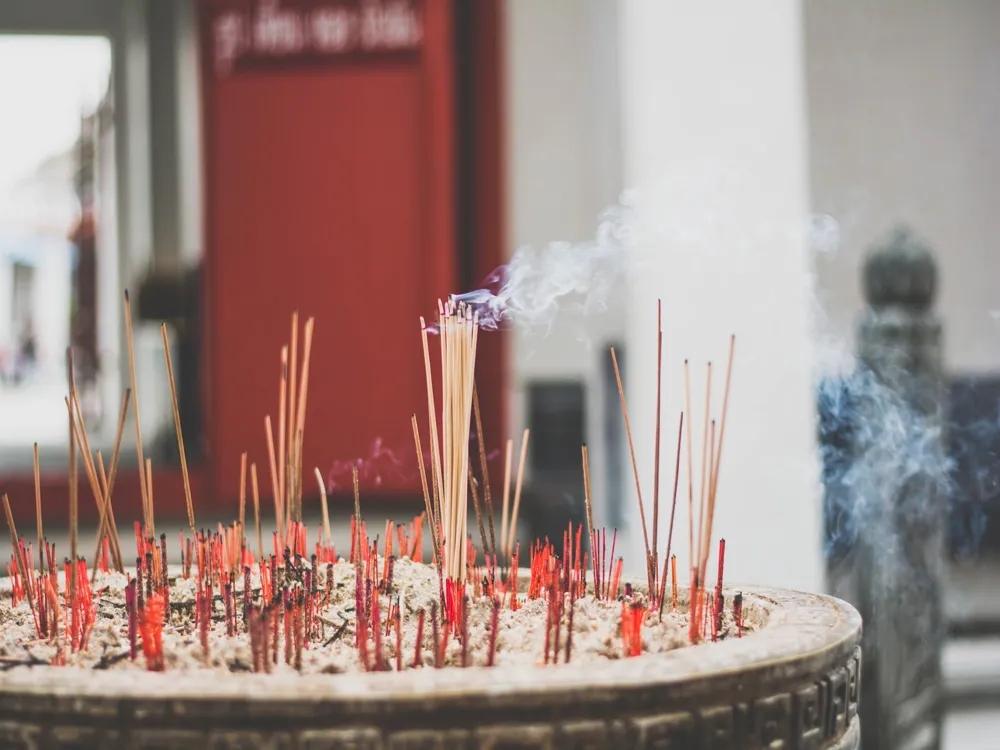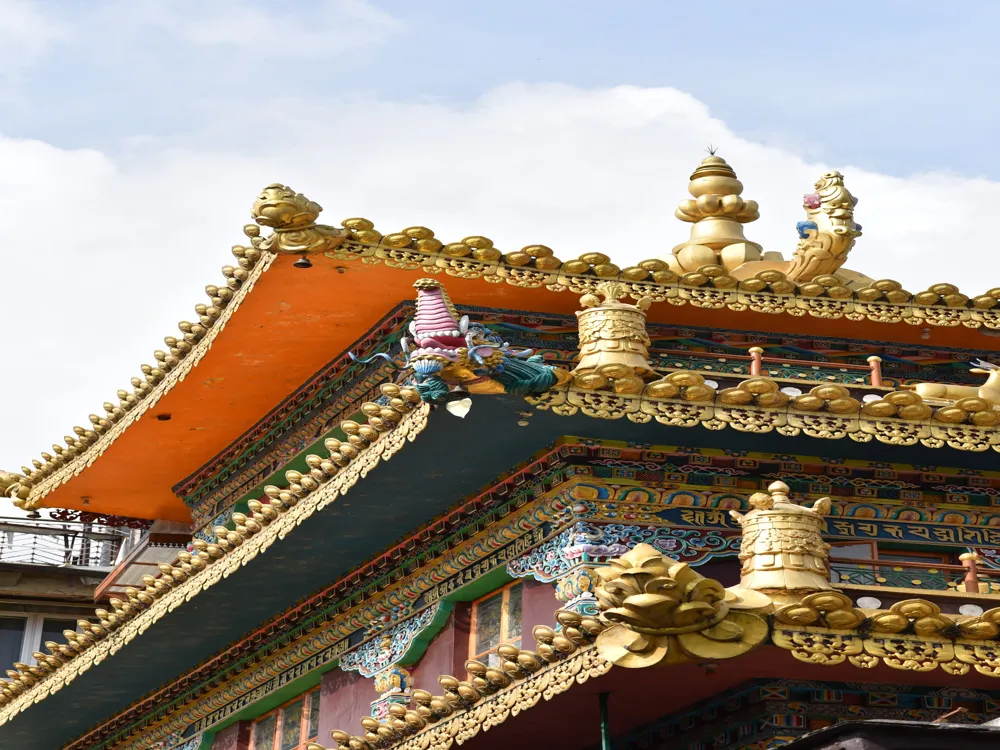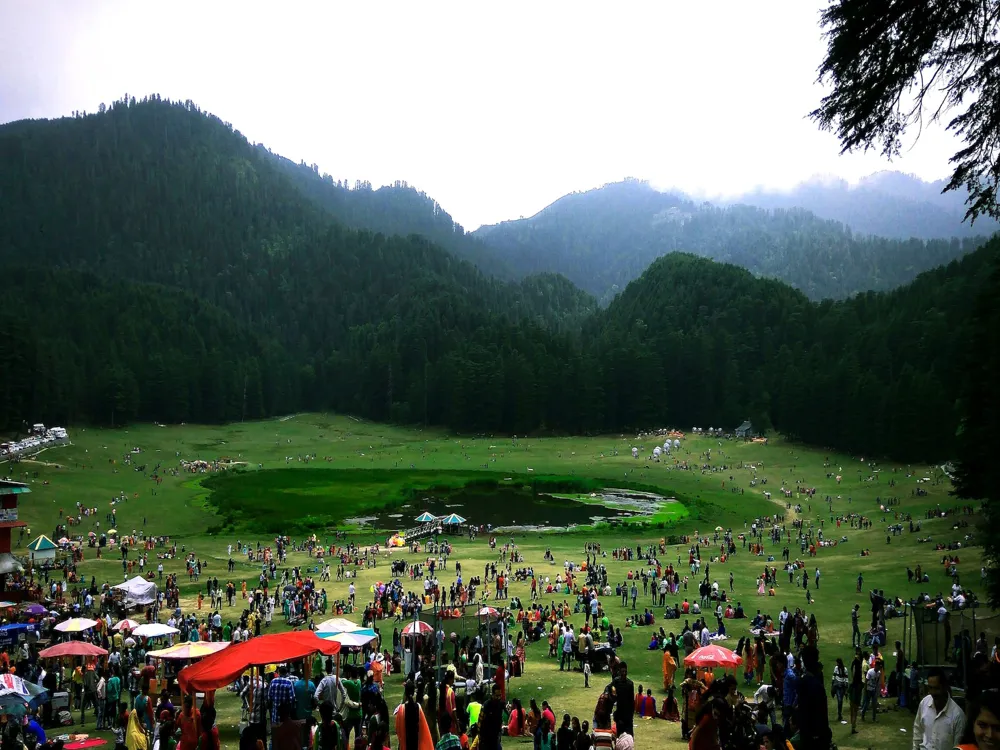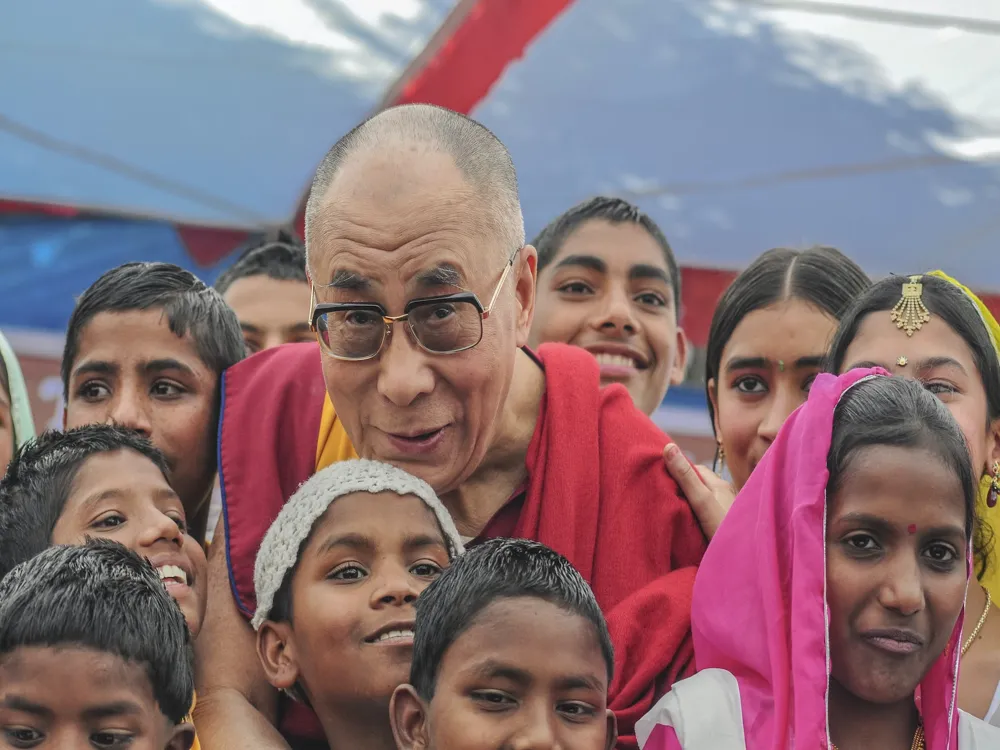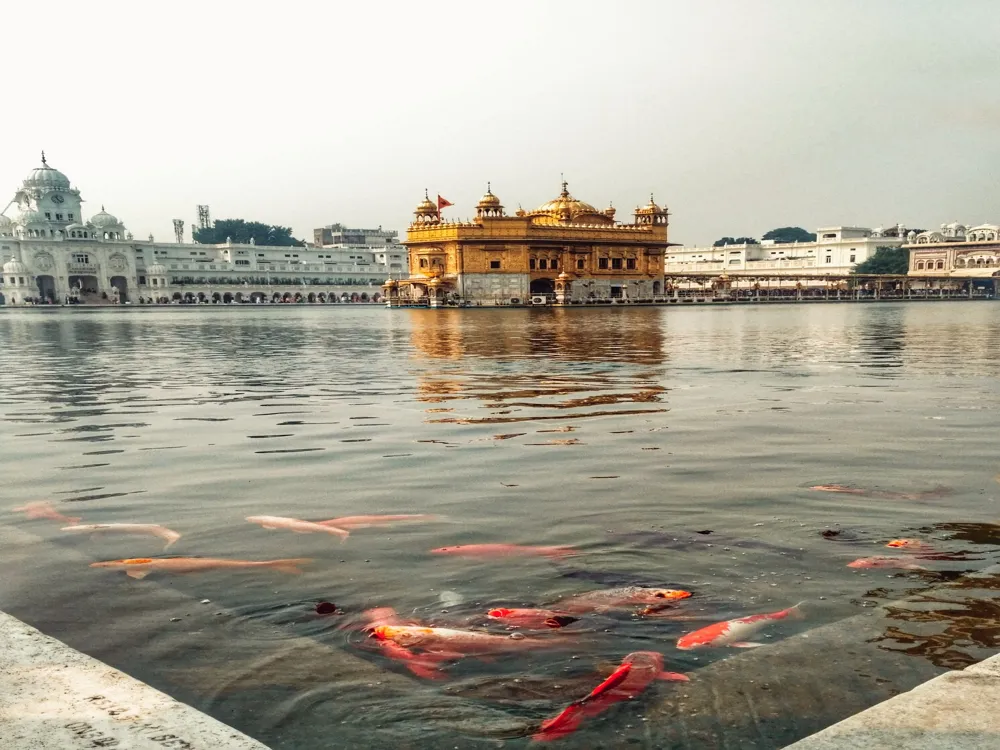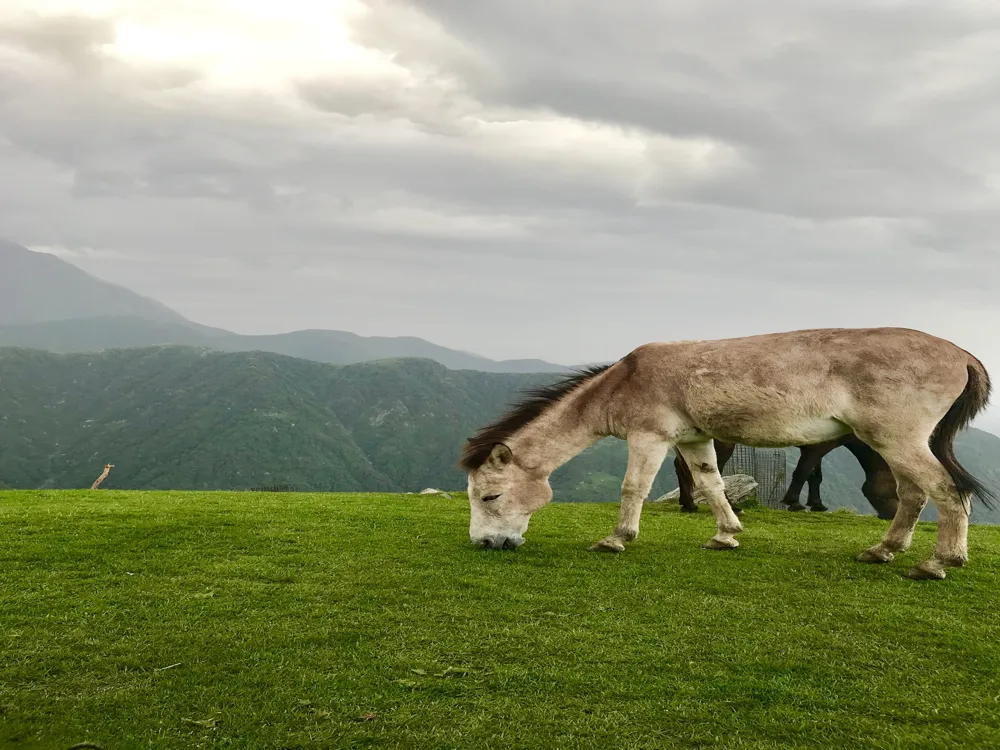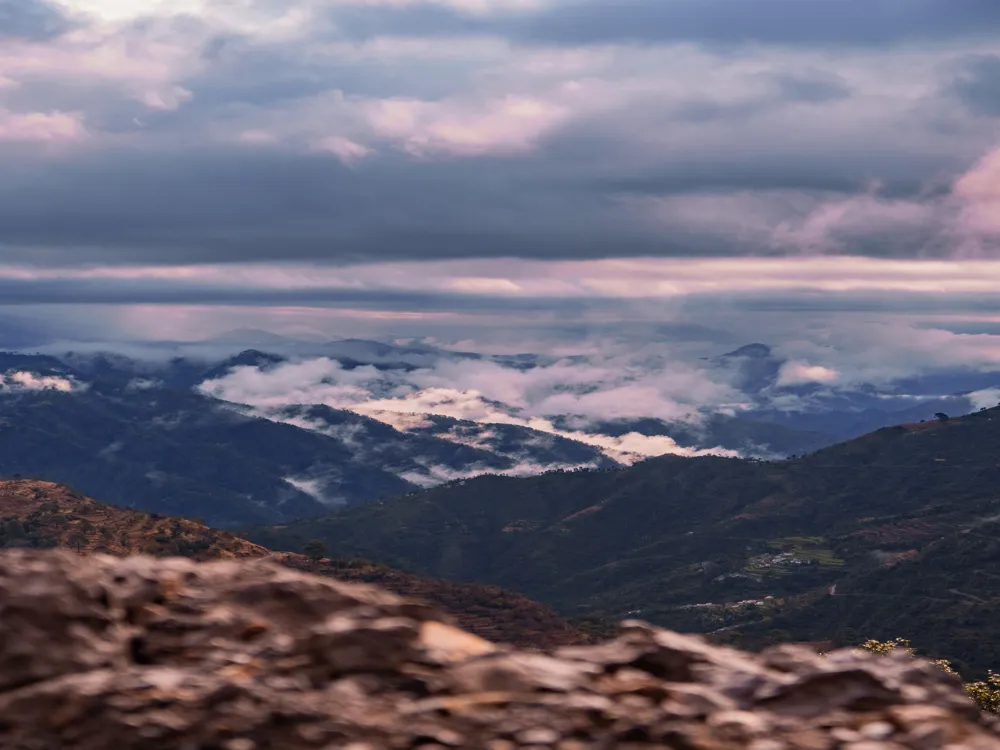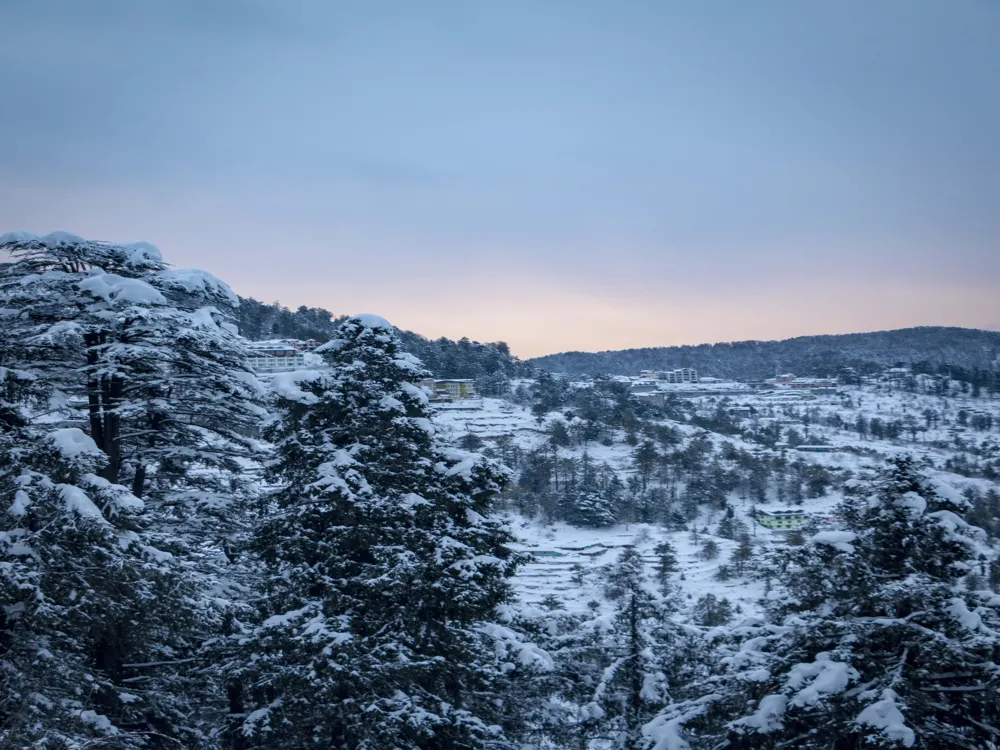Nestled in the serene landscapes of Pathankot, Punjab, the Kathgarh Temple stands as a remarkable embodiment of historical grandeur and spiritual solace. This ancient temple, steeped in mythology and adorned with architectural marvels, is dedicated to Lord Shiva and Parvati. It is not just a place of worship but a testimony to the rich cultural heritage and religious fervor that permeates the region. The Kathgarh Temple's origin dates back to centuries, intertwining with legends and folklore. According to popular belief, the temple houses a unique Shivalinga that is split into two parts, symbolizing Lord Shiva and Goddess Parvati. This rare phenomenon attracts devotees and tourists alike, adding a mystical aura to the temple's ambiance. The temple's location at the confluence of the Beas and Choch rivers further enhances its spiritual significance, as water bodies are often regarded as sacred in Hindu mythology. The temple's architecture is a splendid amalgamation of Hindu and Buddhist styles, reflecting the diverse cultural influences that have shaped the region over the ages. Intricate carvings, ornate pillars, and ancient inscriptions adorn the temple walls, narrating stories of yore. The annual fair held at Kathgarh Temple is a vibrant display of local customs, traditions, and the unwavering faith of the people. It is a time when the temple premises come alive with religious fervor, cultural performances, and a spirit of communal harmony. Kathgarh Temple's significance extends beyond its religious aspects. It serves as a beacon of unity, symbolizing the confluence of different beliefs and practices. The temple not only offers a spiritual retreat but also provides a window into the rich tapestry of Indian culture and history. It is a must-visit destination for those seeking to experience the essence of India's diverse religious landscape and architectural splendor. The Kathgarh Temple is a marvel of architectural brilliance, showcasing the rich legacy of Indian temple architecture. The temple's design is a harmonious blend of Hindu and Buddhist architectural elements, creating a unique and captivating aesthetic. The temple structure is predominantly made of sandstone, lending it an earthy yet majestic appearance. The main attraction of the Kathgarh Temple is the central shrine, housing the split Shivalinga. The shrine is ensconced within a spacious hall, supported by intricately carved pillars that depict various deities and mythological scenes. These pillars are not just structural elements but are also repositories of mythological tales and artistic expression. The temple's exterior is equally impressive, with its towering shikhara (spire) that dominates the skyline. The shikhara is adorned with miniature carvings and statues, representing a confluence of artistic styles and craftsmanship. The temple complex also includes auxiliary shrines and a parikrama path, allowing devotees to circumambulate the main shrine and absorb its spiritual energy. The use of natural light and ventilation in the temple's design speaks volumes about the advanced architectural understanding of the era. The sanctum sanctorum is strategically positioned to receive the morning sun, symbolizing the awakening of the divine spirit. The temple walls are lined with sculptures and bas-reliefs, each telling a story and showcasing the artisans' skill in stone carving. Kathgarh Temple's architecture is not just a feast for the eyes but also a source of scholarly interest. It offers insights into the architectural trends and techniques of ancient India, reflecting the socio-cultural dynamics of the time. The temple is a living museum, preserving the architectural heritage and continuing to inspire awe and reverence among its visitors. The ideal time to visit Kathgarh Temple is between October and March. The weather during these months is pleasant, making it conducive for exploration and sightseeing. Additionally, visiting during the annual fair can offer a more immersive cultural experience. Visitors are advised to dress modestly, keeping in mind the temple's religious significance. Avoid wearing revealing or flashy clothing. It is also recommended to maintain a respectful demeanor within the temple premises. While photography might be allowed in certain areas, it is crucial to respect the temple's rules regarding photography. Always ask for permission before taking pictures, especially inside the shrine or of the deities. Basic facilities like restrooms and drinking water are available at the temple. However, it's advisable to carry your water bottles and essentials, especially during peak seasons or festivals. The temple is accessible by road. However, some areas might be challenging for differently-abled visitors. Ensure personal safety and take care of your belongings, as the temple can get crowded during festivals and weekends. Kathgarh Temple is well-connected by road and is accessible from major cities and towns in Punjab. The nearest city is Pathankot, which is well connected by rail and air. From Pathankot, one can hire taxis or take local buses to reach the temple. The journey offers a scenic route, with lush green landscapes and glimpses of rural Punjab, making the journey as memorable as the destination itself. Read More:Overview of Kathgarh Temple in Pathankot, Punjab
Architecture of Kathgarh Temple
Tips When Visiting Kathgarh Temple
Best Time to Visit
Dress Code and Etiquette
Photography Guidelines
Facilities and Amenities
Accessibility and Safety
How To Reach Kathgarh Temple
Kathgarh temple
Pathankot
Punjab
₹ 15,999 onwards
View pathankot Packages
Pathankot Travel Packages
View All Packages For Pathankot
Top Hotel Collections for Pathankot

Private Pool

Luxury Hotels

5-Star Hotels

Pet Friendly
Top Hotels Near Pathankot
Other Top Ranking Places In Pathankot
View All Places To Visit In pathankot
View pathankot Packages
Pathankot Travel Packages
View All Packages For Pathankot
Top Hotel Collections for Pathankot

Private Pool

Luxury Hotels

5-Star Hotels

Pet Friendly








